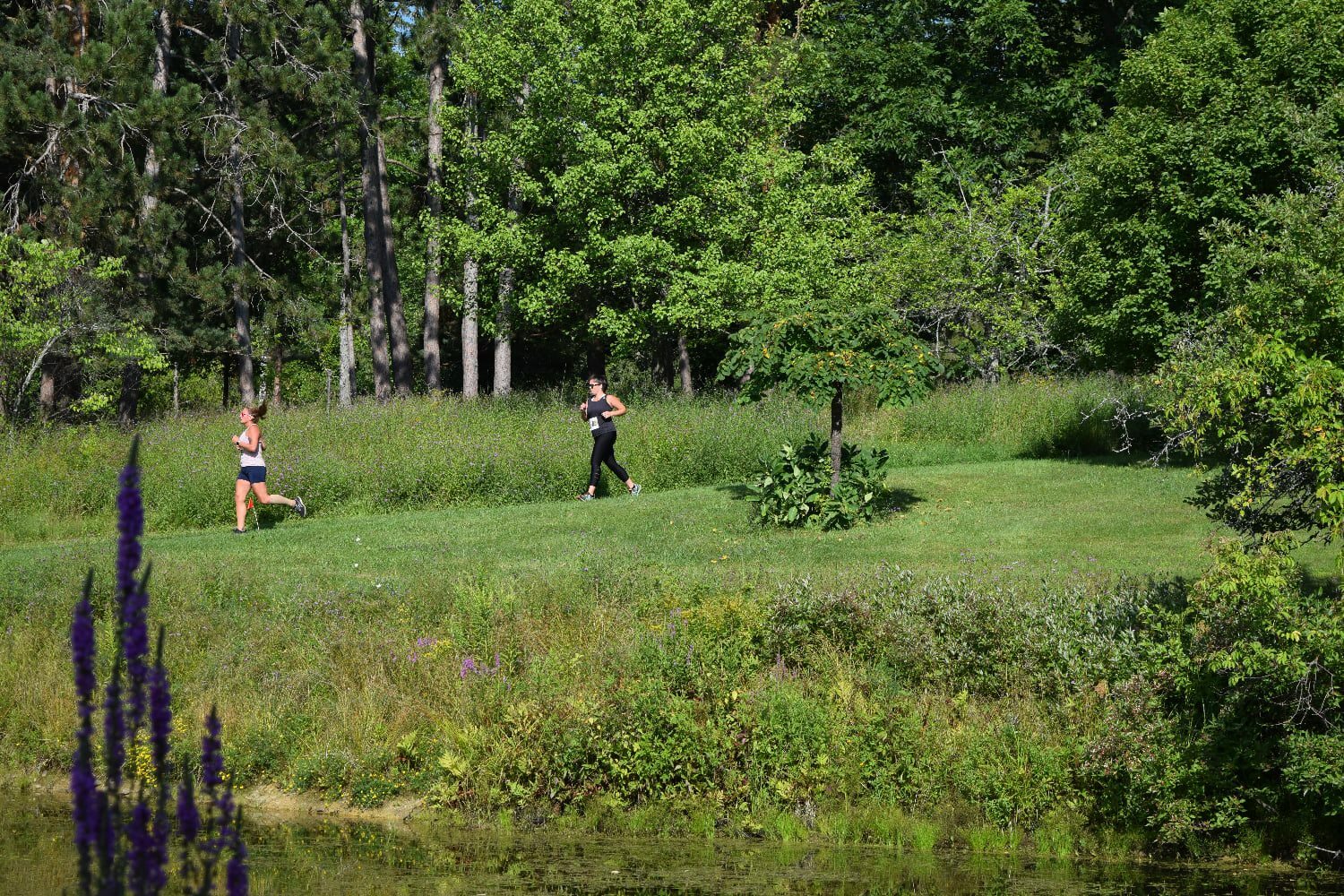No Mow May or Low Mow Spring means exactly what it sounds like: not mowing or low mowing your lawn for the month of May with a goal of helping early season pollinators. Pollinators most positively impacted by this practice include grasshoppers, butterflies, moths, and a variety of bees.
The idea of No Mow May/Low Mow Spring started in 2019 by Plantlife, a group of citizen scientists in the United Kingdom. As part of a conservation study, the group asked homeowners to abstain from mowing during the month of May to allow lawn weeds to grow and bloom, thus helping the struggling pollinator community. The results were positive enough that the idea of a No Mow May/Low Mow Spring has spread and is being practiced widely, especially throughout the mid-western U.S.

At Landis, we have a naturally occurring diverse landscape across hundreds of acres. Most of it is wild and will never be mowed. However, we do maintain some areas that contain our plant collections and gardens in order to make them more accessible to visitors. To participate in No Mow May/Low Mow Spring, we have reduced the amount of mowing in these areas to visitor paths and trails, while leaving larger sections of lawn completely untouched. We have noticed an increase of flowering plants in the lawns and fields as well as a corresponding increase in pollinators.
If it is hard for you to commit to a no mowing schedule for the month of May, there are still ways you can participate and provide additional help to pollinators. Leaving even a section of the lawn unmown will help a lot. Incorporating native trees and shrubs also help because these plants will flower and provide needed food. Trees such as maples, oaks, catalpa and basswood are great choices. In the lawn many of the early blooming pollinator plants such as dandelion, violet, thyme, clover and forget-me-not will have no problem spreading out if left unmown.
No Mow May is not for everyone or every region, but if you can participate, it is a simple, few weeks long event that can make a big difference for our natural world.
